In May of 1981, a reconnaissance trip to the Santo Domingo Canyon looked at Cueva de la Peña Colorada, an enormous fossil resurgence cave. Later in 1982 Sump 1 was explored for 524 meters to where it opened into an air-filled tunnel. A further kilometre of dry cave leading northward towards Sistema Huautla was then discovered. Sadly, exploration was halted by the discovery of a second sump. Connecting this tunnel with the deepest known point in Sistema Huautla (10 kilometers away and 300 meters higher) became the primary objective of the 1984 expedition.
A total of 7.8 kilometers of virgin territory leading into the plateau were surveyed on this expedition, with 1.4 kilometers of this distance totally underwater. This was comprising of 7 sumps, the longest of which was 524 meters in length. The expedition established the first ever subterranean camp set beyond an underwater tunnel.
The team was stopped by sump 7 - a large sump at the bottom of a 55 meter deep shaft (with no dry land). This was explored for 165 meters to a depth of 55 meters. This has now been more than three decades ago, and nobody has returned since.
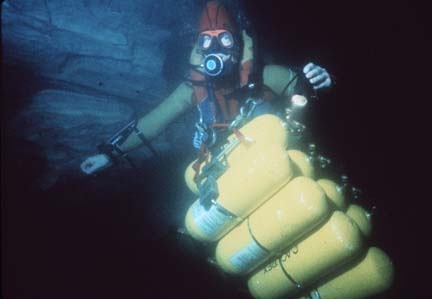
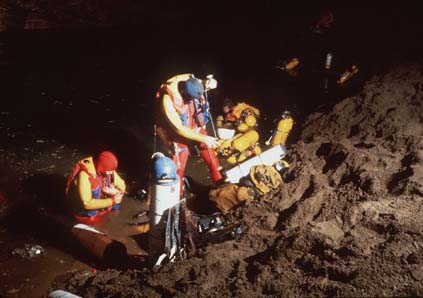
![Sump 7: The Ultimate Speleological Obstacle. Noel Sloan is shown here descending the 55 meter freefall drop leading directly into Sump 7, the most remote underwater tunnel discovered in the Cueva de la Peña Colorada. [photo �1984 Bill Stone]](https://images.squarespace-cdn.com/content/v1/5825485b725e2569fd052c60/1478861560044-GXG8YY98RTOG5IS5FH2U/downtosump7U12m.jpg)
![Rob Parker transporting gear through Sump 5 (140 meters long). Inside the duffel were food supplies, carbide, and climbing gear needed at Camp 2. [photo �1984 Bill Stone]](https://images.squarespace-cdn.com/content/v1/5825485b725e2569fd052c60/1478862129087-WTGJCZ16W1WZXRHWGOYZ/parker_sump5X3m.jpg)
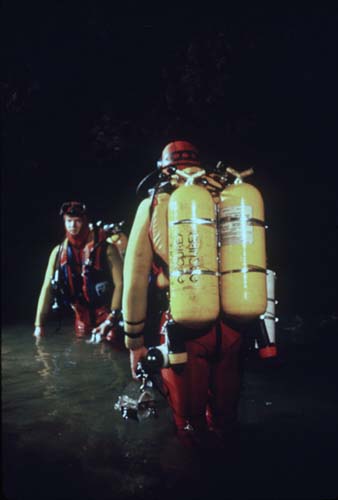
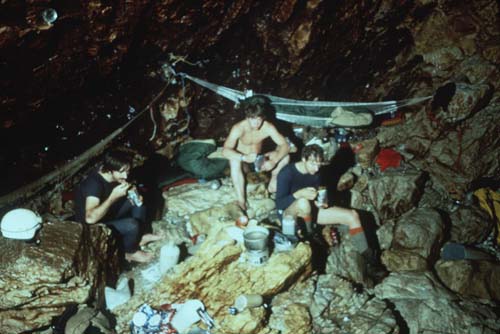
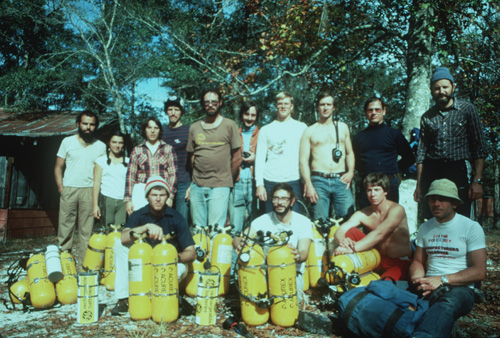
Further reading:
Stone, B., 1984, The Challenge of the Peña Colorada. AMCS Activities Newsletter 14:46-55. [pdf]
